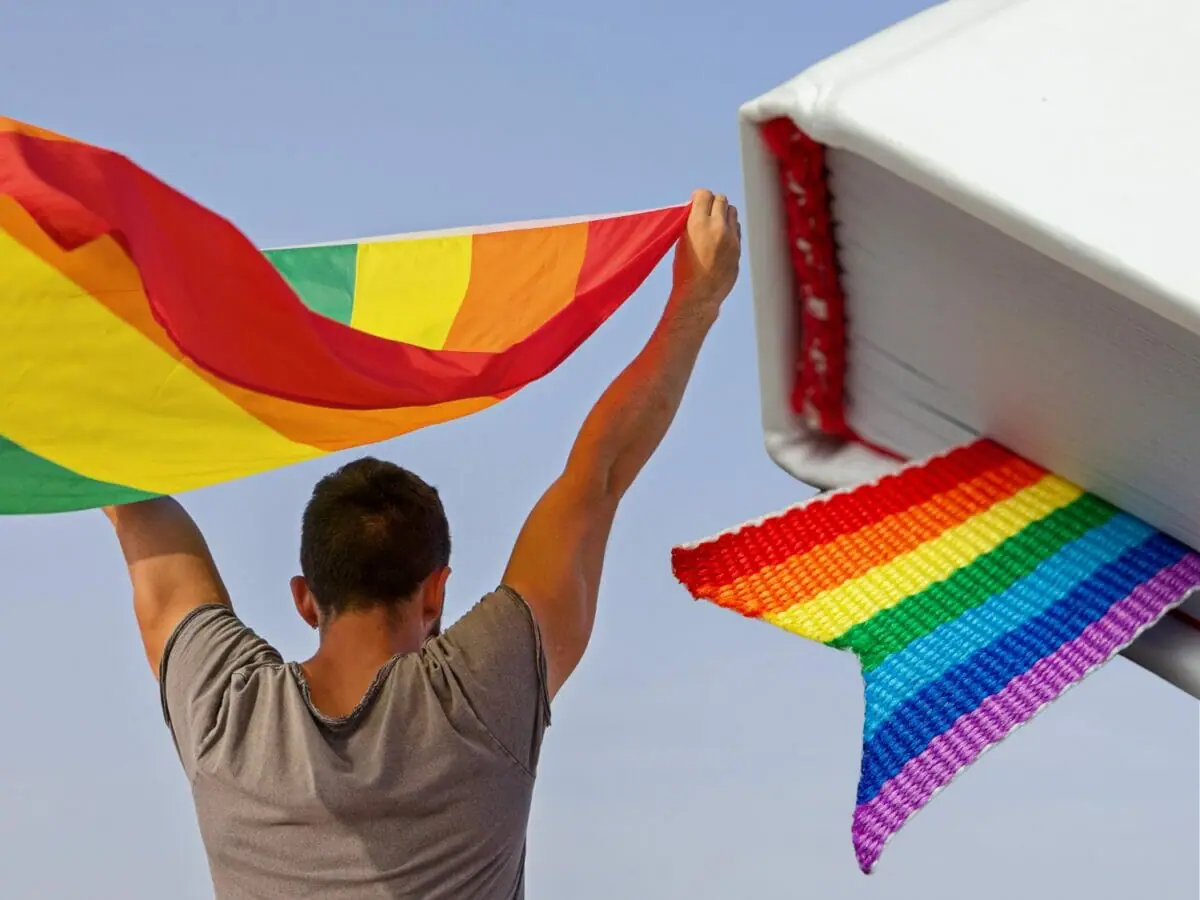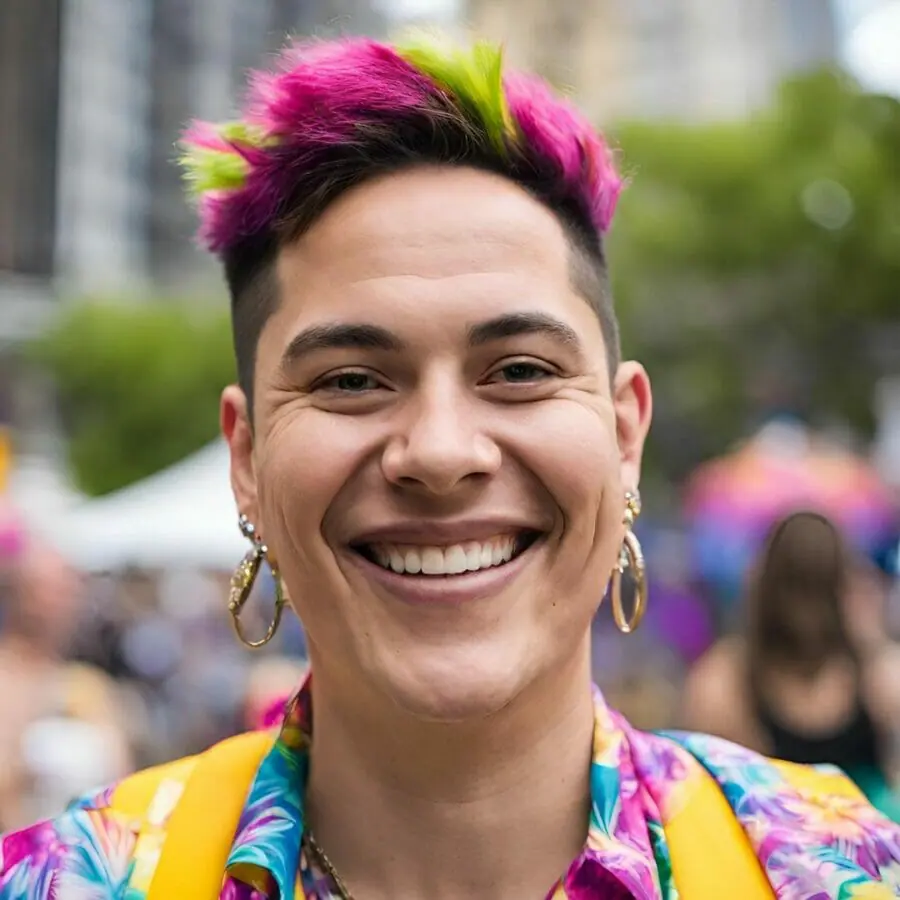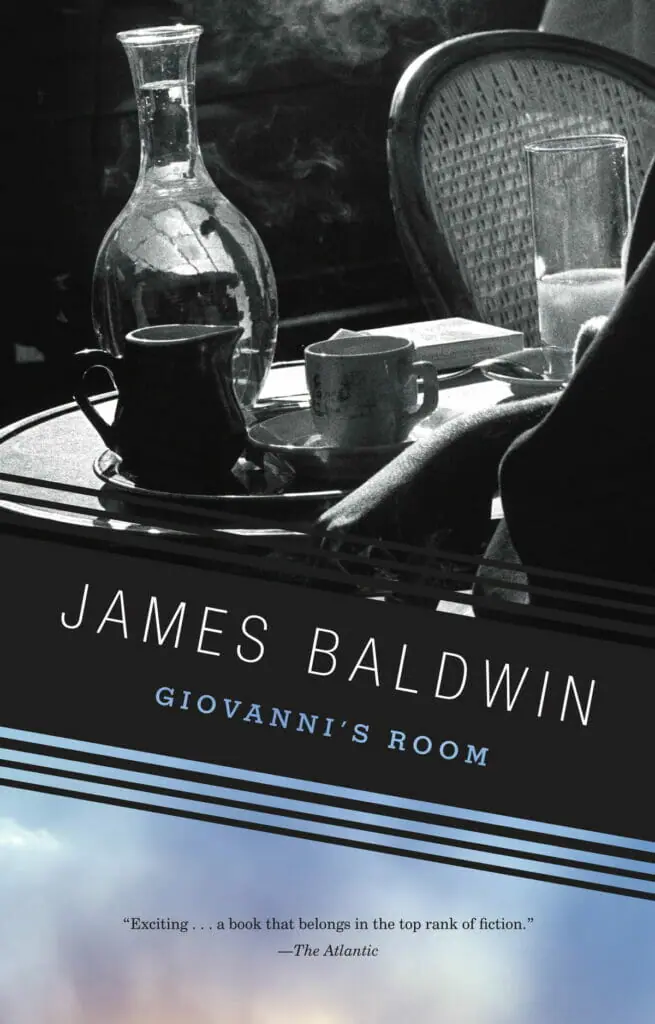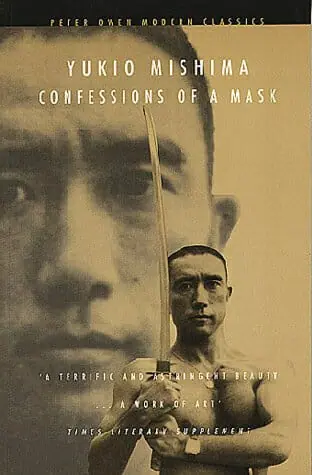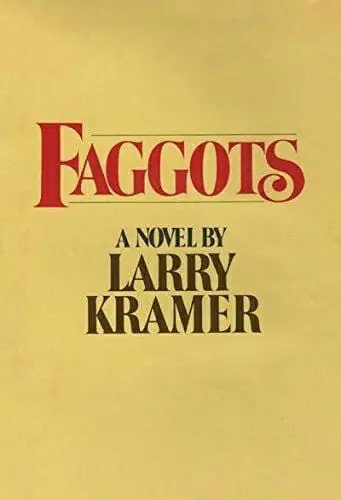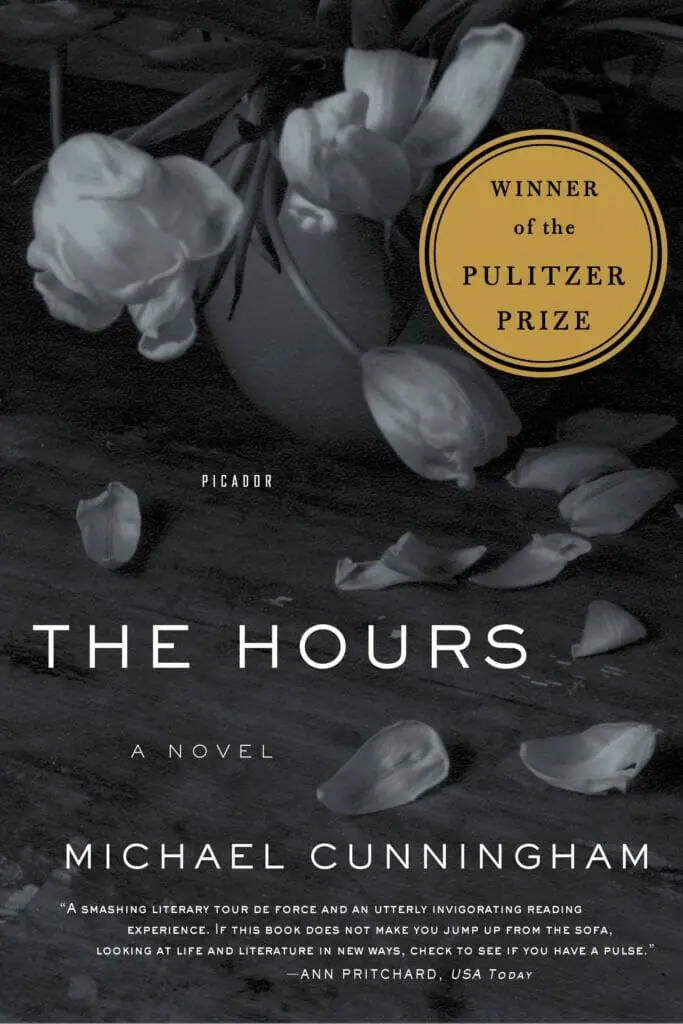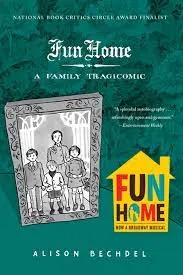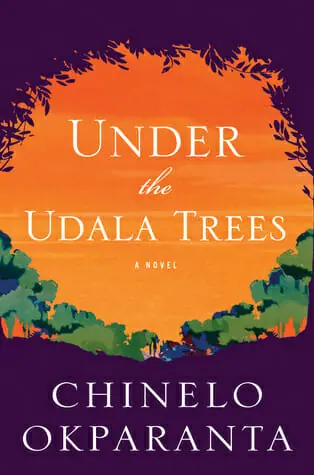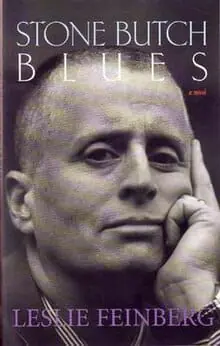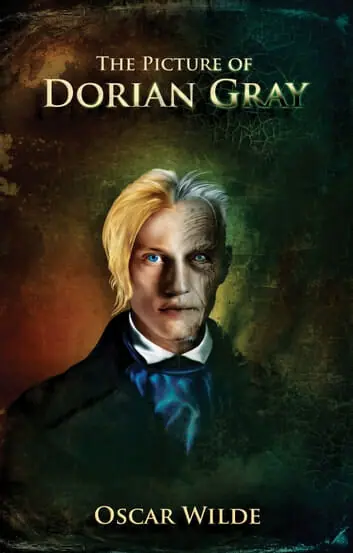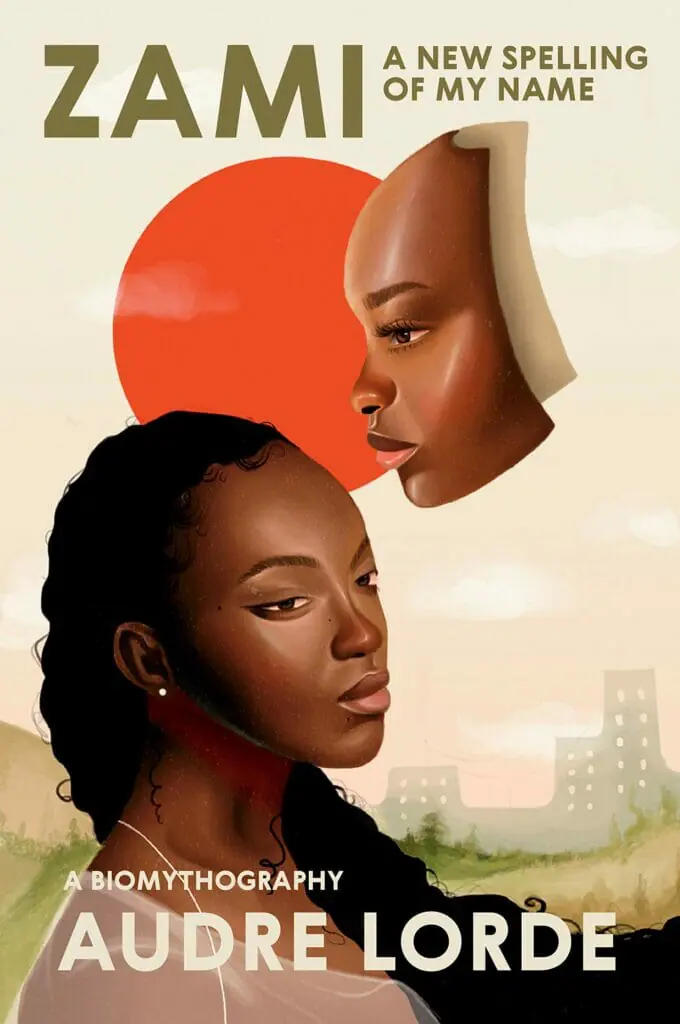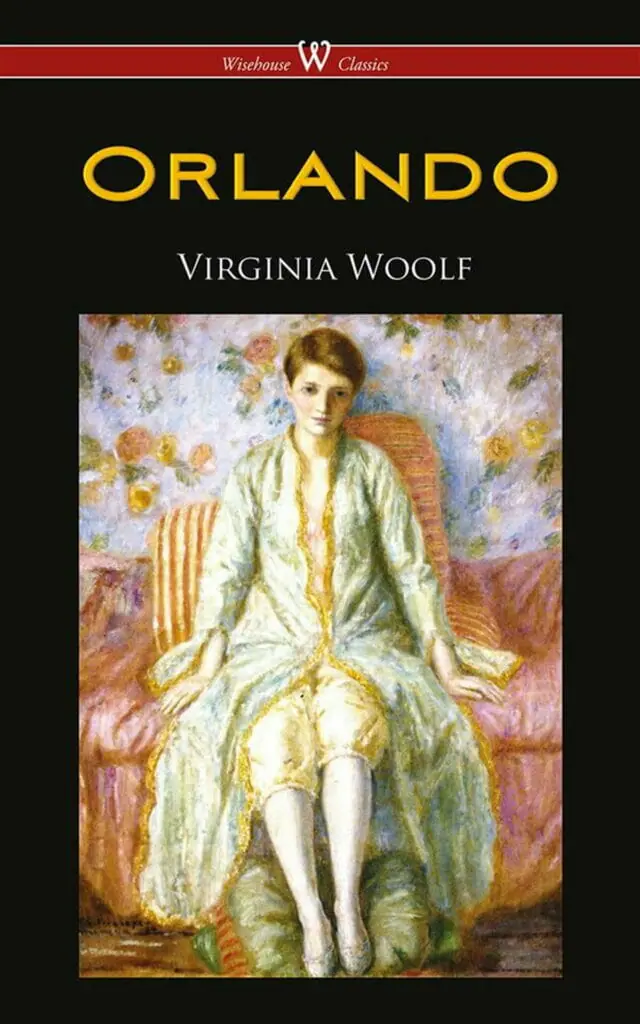What do you think of when you think of classics? Horse-drawn carriages, corsets, ball gowns, parties, freshly baked bread, and Victorian manners, maybe? What we typically don’t think of are queer characters – or the best classic LGBT books!
Mainstream, popular classics do not talk about people who are homosexual, transgenders and those who fall out of the gender binary. This is only expected given the stringent homophobia until the late twentieth century.
However, some authors have braved the odds and written about the queer community as much as they could risk. LGBT Classics often have tragic ends, reflecting the community’s fate during that time. Queer people were ostracised, “treated”, and termed sinful for their very nature. Some were even driven to suicide. Coming out was not an option for many.
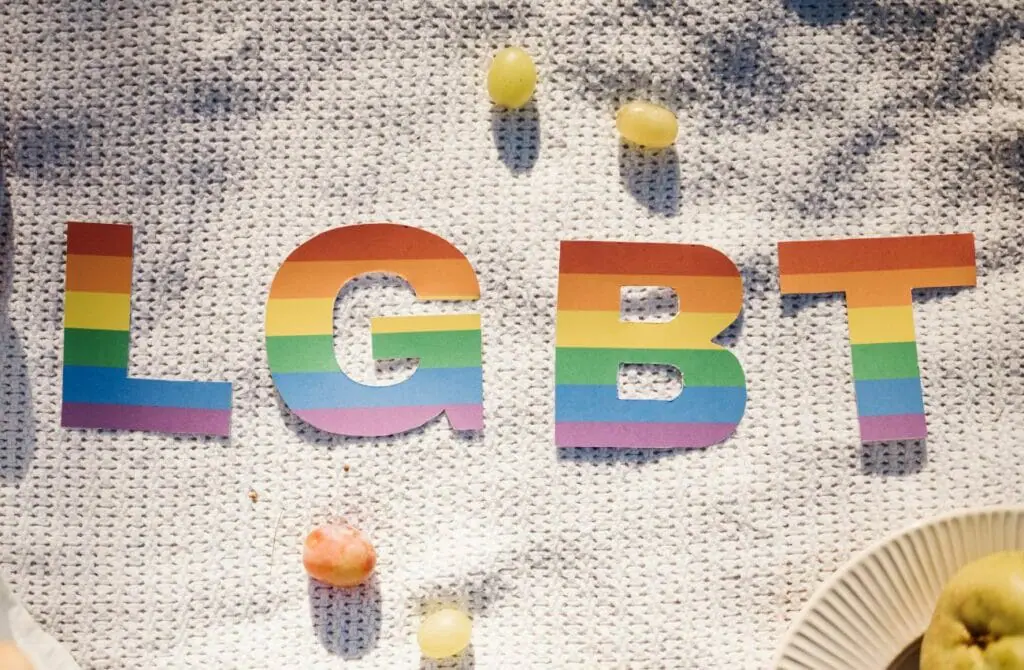
Queer fiction written during such a time excruciatingly reflects reality. With no vocabulary to describe themselves and their families and religion turning against them, queer people paid a hefty fine for not conforming. Amidst the gloom, tales of bravery, love and laughter emerge.
We have ten LGBT classics for you that capture the myriad struggles and emotions of the community. These poignant stories of self-discovery will leave you better for reading them. Queer or not, these stories will break your heart; sew it back up only to break it again.
These tales are a window into the lives of the LGBT community in different parts of the world during the 19th and 20th centuries. They tackle the themes of love, violence, loneliness, otherness, abuse, discrimination and hatred, which are universal.
Take a detour into history with this assorted collection. Highly recommend having a box of tissues handy!

Don't have time to read them all? Why not try listening to them? Audible is a great platform for listening to audiobooks because it offers a wide selection of books, including bestsellers and exclusive content. With Audible, you can listen to your favorite books on-the-go, whether you're commuting, working out, or doing household chores.
The Audible app also has features like adjustable narration speed, a sleep timer, and the ability to create bookmarks, making it easy to customize your listening experience. Additionally, Audible offers a membership program that gives members access to a certain number of audiobooks per month, making it a cost-effective option for avid listeners.
A great resource for people who want to maximize their time and make the most out of their daily activities. Try a free 30-day trial from Audible today, and you'll get access to a selection of Audible Originals and audiobooks, along with a credit to purchase any title in their premium selection, regardless of price (including many of the books on this list!)
For ebook lovers, we also recommend Scribd, basically the Netflix for Books and the best and most convenient subscription for online reading. While they have a catalog comprising over half a million books including from many bestselling authors, for some of the books on this list, you'll still have to purchase individually - either as a paperback or eBook to load on your Kindle - due to publishing house restrictions.
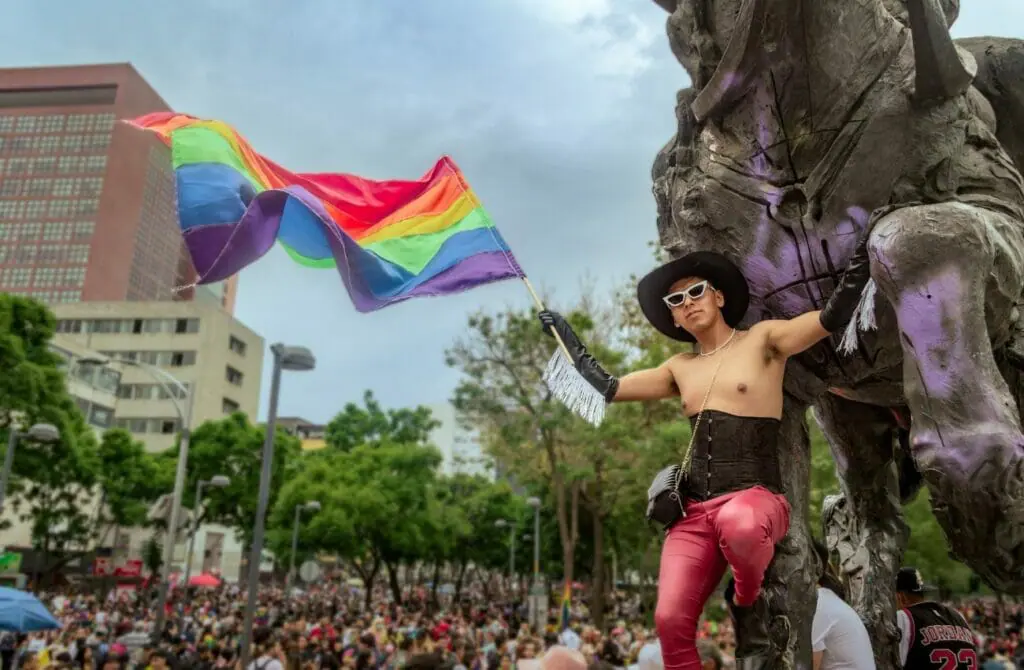
In this article we will cover...
- Giovanni’s Room by James Baldwin
- Confessions of a Mask by Yukio Mishima
- Faggots by Larry Kramer
- The Hours by Michael Cunningham
- Fun Home: A Family Tragicomic by Alison Bechdel
- Under the Udala Trees by Chinelo Okparanta
- Stone Butch Blues by Leslie Feinberg
- The Picture of Dorian Gray by Oscar Wilde
- Zami: A New Spelling of My Name by Audre Lorde
- Orlando by Virginia Woolf
Giovanni’s Room by James Baldwin
David is an American living in Paris. His girlfriend, Hella, is in Spain, taking some time to decide if she wants to commit to David for the rest of her life. Meanwhile, David is penniless in Paris. He turns to a lecherous moneylender, Jacques. Jacques is also an American living in Paris who lends money in return for inappropriate favors. In this case, he wants David to convince Giovanni to drink with Jacques.
Instead, David goes home with Giovanni. He has never been with a man, and he hesitates outside Giovanni’s room, knowing that if he crosses this door, there is no coming back. He still goes in, and boy, does it change his life! Not necessarily for the better, though. He realizes that for Giovanni, this relationship is no careless fling; it is a lifeline.
Hella writes to him, saying she has decided to share her life with him. Now David needs to choose between the passion and love that Giovanni offers and the assured dissatisfaction with Hella. The choice seems like a no-brainer, right? A man who hates himself and subconsciously believes he is not deserving of love might not find it so.
It isn’t easy to fit all that Giovanni’s Room is into a review. It is a story of self-discovery and self-destruction. Baldwin paints a poignant picture of love and loss in the backdrop of Paris in the 50s. When he wrote the book, his publishers warned him about the homosexual content in the story, fearing that he might lose black readers. Far from it, it remains one of the most breathtaking love stories ever written.
Confessions of a Mask by Yukio Mishima
This book, one of the best classic LGBT books, tells us the story of a boy, Kochan, who struggles with his sexuality and secret, disturbing thoughts. We are introduced to Kochan when he is a child. The book follows him into his teenage years and a failed relationship as a young adult. As a child, Kochan spends a lot of time with his ailing grandmother.
In her house, he pores over books and art. His sexual discovery is triggered when he chances upon a painting of St. Sebastian. His love for the perfect male figure and sadomasochism starts to take shape. Kochan desperately tries to be “normal”, but that would be an act, not his true self. He is strongly attracted to his friend, Omi.
He fantasizes about him. These fantasies go beyond sexual desire bordering on gory sadism. Kochan hates himself because of his inclinations but cannot help them. He is obsessed with death as much as sex, and too often, they merge in his head. The arrows on St Stephen’s body turned him on more than he liked.
Many consider this an autobiographical novel of the author’s experience as a homosexual boy in wartime Japan. Yukio Mishima writes unflinchingly about the disturbing corners of the human mind. The engrossing prose captures the inner turmoil of a queer male in a conservative society.
Japan’s political climate plays out in the background as Kochan stumbles through life. By no means a light read, this LGBT classic is a must for all genre lovers.
Faggots by Larry Kramer
Alarmed by the name? Many were alarmed by the book too! This book is a satire on the fast-paced gay lifestyle in New York City in the 70s. The author, Larry Kramer, paints a picture of the city’s gay bar scene with abundant sex, drugs and discos.
The book has many characters from different walks of life, aspiring to do different things, who have one thing in common- they are homosexual men. And they seem to be living a life that’s moving too fast for their good. They are making too many bad decisions.
Kramer’s undertone throughout the novel is, “Stop or at least slow down!” The endless sex, drugs and discos on a loop portend a calamity. He is not sure what exactly, but he warns the gay community. His fears became true when, only a few years after the book’s publication in 1978, AIDS ravaged the gay community.
This book does not glorify gay men. Some claim it does the opposite. One can only argue that this is a work of satire that Kramer wrote with the best intentions. He loved the gay community and jumped in to help when the epidemic hit.
His love for the characters in the book is apparent in his writing. The story is not divided into chapters. It is written in short sections with short sentences, almost like a play.
This book stirred up a huge controversy when it was first published. But how about giving it a fair chance?
The Hours by Michael Cunningham
The Hours is a Pulitzer Prize-winning novel by Michael Cunningham that traces women’s lives across three generations. In the early 1920s, we have Virginia Woolf embarking on writing her new novel, Mrs. Dalloway. Woolf is struggling with depression and suicidal thoughts. The author shows us her journey from this time to her eventual suicide in 1941.
The thread that binds all three protagonists is Woolf’s Mrs. Dalloway. Fast forward to 1949, we have Laura Brown, a young mother. Laura clings to Woolf’s evocative writing to escape her reality. She prefers reading Mrs. Dalloway to caring for her son or baking a cake for her husband’s birthday. In the present day (1999, when the book was released), we have Richard, a writer in the final throes of AIDS.
He won a prestigious literary award for his recent novel. Richard thinks it is because of his imminent death and not his writing prowess. He spends much time alone in his dark room, contemplating the meaning of life and death. He has always called his friend Clarissa Vaughan Mrs. Dalloway. Like the character, Clarissa has to buy flowers for Richard’s party.
Cunningham’s sublime storytelling and plot make it nearly impossible to put this book down. The book also has tones of homosexuality and bisexuality. Woolf was known to have many affairs with women. Laura kisses a woman in the kitchen. Clarissa is dating Sally, Richard’s ex-girlfriend.
Cunningham astutely shows us how sapphic relationships evolved over the years. Woolf and Laura might have found coming out an unthinkable luxury, while Clarissa can have a relationship with a woman.
If you like anthologies that make you reflect on existential questions, The Hours is perfect for you!
Fun Home: A Family Tragicomic by Alison Bechdel
A graphic novel in the classics section? Bear with us. Fun Home is a graphic novel/memoir by Alison Bechdel that packs family dysfunction, homosexuality, and social norms into one super engaging book! Bechdel’s father was an enigma to her while growing up.
He was an English teacher and the director of the family-run funeral home, aka Fun Home. He was not a bad father but one who kept his children and even his wife at arm’s length. He has an unerring eye for fashion and décor.
Bechdel’s relationship with her father was strained for most of her childhood and adolescence. At 18, she comes out to her parents as a lesbian, only to discover that her father, too, is gay. This new knowledge shocks Bechdel. Worse, her father dies merely weeks after she learns his deepest secret. Bechdel hardly had time to talk to him and make sense of her new knowledge.
She is left in a mess of confusion and mystery. Bechdel is a celebrated cartoonist who painstakingly constructed this novel over seven years! Her illustrations add life to the characters and the scenes. The anger, confusion and emotion are raw and jump off the page.
Fun Home is a daughter’s desperate yet artistic attempt to understand her father. It also portrays the challenges of growing up knowing that you are different. It juxtaposes Bechdel’s relative freedom in coming out while her father was denied that luxury.
Whether or not graphic novels are your thing, this is a can’t-miss classic in LGBT literature. We recommend getting a physical copy and not reading this book on Kindle.
Under the Udala Trees by Chinelo Okparanta
Set in the civil war years in Nigeria, Under the Udala Trees is the story of a young girl trying to survive amidst sexuality, religion, death, and other evils war brings. Ijeoma loses her father when she is eleven. She and her mother fall from an upper-class, elite society to the proletariat.
Civil war has just broken out, and the country is teeming with violence. In the middle of this mess, Ijeoma’s mother leaves her with a teacher and his wife until she can figure out what to do.
What is planned to be a short stay extends to two years. In the backdrop of war, Ijeoma has a lesbian experience and gets caught. Homosexuality is illegal in Nigeria, so the little girl never expected sympathy from the country.
What maims her, however, is her mother’s dismissal of her identity. The book follows Ijeoma as she grows up, marries a man and finally comes to terms with her sexuality. Will she continue living an ostensibly heterosexual life or break free from society’s norms?
The author, Chinelo Okparanta, writes of two wars in the book. The civil war tears the country apart, and the war that wages within Ijeoma. Nigeria is a very conservative, religious country. There are ample references to the Bible in this book.
Okparanta paints religion in multiple colors in the book. Christian ideals term Ijeoma’s sexual orientation an abomination, making her life hell. However, towards the end, her faith helps her find herself. If the lives of queer people around the world interest you, you will love this book!

Stone Butch Blues by Leslie Feinberg
A young girl realizes quite early in her life that she is different. She likes to dress in masculine clothes and looks more like a man as she grows up. It is not easy in the pre-Stonewall era. The protagonist, Jess, goes through more than her fair share of tragedies. Jess is a Jewish butch lesbian, therefore, suffers a double whammy of race and sexuality.
Leslie Feinberg does not shy away from graphic descriptions of rape and physical abuse from the police, romantic partners, and the general public. The homophobia, transphobia and racism in this book are jarring. Jess tells us the story in simple, straightforward language. But it carries the weight of violence and hatred that society afflicts on those who are different from the majority.
We follow Jess as she plows ahead with admirable grit. Stone Butch Blues is not a sob story; it is a story of resilience, hope, self-discovery, forgiveness and finding love. Jess has people in her life that give her unconditional love. The relationship she has with her ex-co-worker’s children is wholesome.
The kids accept her and love her without judgment; it reflects what we, as adults, can learn from them. Despite the violence she endures, Jess remains gentle and tender at heart.
Jess exists outside of the gender binary but likely did not have the vocabulary to understand herself in the 50s. Through her story, we see the devastating effect of the rigid gender binary on those who do not conform to it. This is the story of a genderqueer who is made to pay for their reality.
The Picture of Dorian Gray by Oscar Wilde
Dorian Gray is a good-looking, charming young man in the Victorian era. However, one day he comes to the hard realization that his beauty is ephemeral. He will grow old, and his handsome features will melt into sagging, wrinkled ugliness. To capture his youth, he commissions a portrait of himself. Once the painting is done, he admires it while wishing that the portrait could age instead of him.
Lo and behold! His wish is granted. The only catch is that the price is his soul, and Dorian is happy to pay. He goes through years with his beauty intact as his painting turns hideous by the day.
He also enjoys life with no consequences. As he pursues a hedonistic lifestyle, a mesmerizing tale of horror and suspense ensues. Dorian is not a very likable character. He can be selfish, vain and cruel. Or so he becomes in the wrong company. Can Dorian still redeem himself? Does he have enough strength to end it all?
The author, Oscar Wilde, makes consistent homosexual suggestions in the novel, which was very bold for the time. Basil Hallward, the artist who painted the picture, becomes obsessed with Dorian for his beauty. The line between admiration for the art piece and the man is very thin.
Dorian later meets Basil’s friend, Lord Henry Wotton, who greatly influences Dorian. Henry’s worldview that a life worth living is spent in pursuit of pleasure enthralls Dorian. There are many rather obvious homoerotic references between Dorian and Basil and, later, Dorian and Lord Henry.
While there are no explicit homosexual scenes, this book is still a milestone in LGBT literature. This novel is your perfect weekend read.
Zami: A New Spelling of My Name by Audre Lorde
The author, Audre Lorde, calls this book a biomythography. It is fiction with elements of her life, history and mythology. Lorde claims that this is one way of expanding our vision, and she proves it correct! With her impeccable storytelling, she writes about a young black lesbian girl growing up in Harlem in the 50s.
The story follows Zami into her formative years in the 60s. The book shines an unyielding light on the racism, homophobia and McCarthyism of this decade.
Lorde shows that racism is not something that the blacks could leave outside their door when they enter their homes. It pervaded into their private life too.
Zami’s mother hits her for not understanding racism, even though she doesn’t want Zami to understand it. We can only imagine the frustration and anger of a mother who cannot protect her daughter, causing an outburst like that. As you might have guessed, there is a lot of struggle in this novel.
The struggle of black people stuck in menial jobs to make ends meet, a girl exploring her sexuality, and the struggle against legal racism that precluded blacks from something as basic as going to a cafe. However, Lorde does not make struggle the hero, the women who emerge on the other side, and the many that don’t, are the heroes.
“Zami” is a Carriacouan word for women who work together as friends and lovers. Women shape our protagonist’s life. Zami speaks of how women are the beacons of hope that guide her home. This is the central theme of the story.
Orlando by Virginia Woolf
This is less a novel and more a love letter written by Virginia Woolf for her close friend and lover, Vita Sackville-West. It is clear from the prose that this is deeply personal writing and makes you wonder if it was written with the intention of publishing.
We are glad it was because Orlando is a piece of art! The book starts with Orlando, a young man in the Elizabethan era. He has his heart broken at a very young age and turns to reading and writing for solace. Poetry becomes a medium for him to express his self-pity and forlorn thoughts.
When he fails as a writer, he is bogged down by thoughts of suicide. But he goes on to live for centuries, meeting great literary figures along the way. The story goes up to the 20th century when Orlando is a woman. She is a wife and a mother.
The book ended in 1928, the year women got equal voting rights as men in the UK. Orlando is on the brink of a world that looks more promising for a woman than it ever had in the past.
Some elements in the book cannot be reasoned logically. For instance, the change in Orlando’s gender happens. There is no reason or method for it. Also, though Orlando has lived for a very long time, he only ages 36 years. Woolf deviates from her usual style of realism in this novel.
The gender change enables her to reflect on the subtleties of gender roles in society. It is a testament to Woolf’s craft that she made a story with heavy themes like gender inequality, heartbreak and suicidal thoughts, a light-hearted read with loads of humor. Sink into her decadent writing to unwind after a long day!


